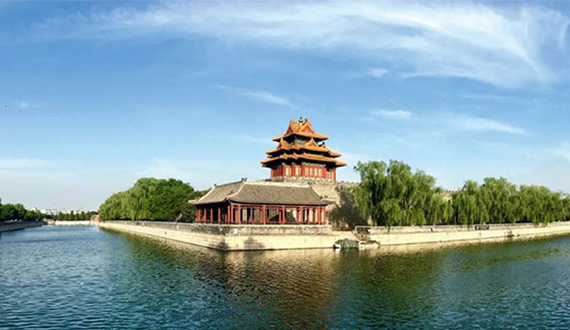

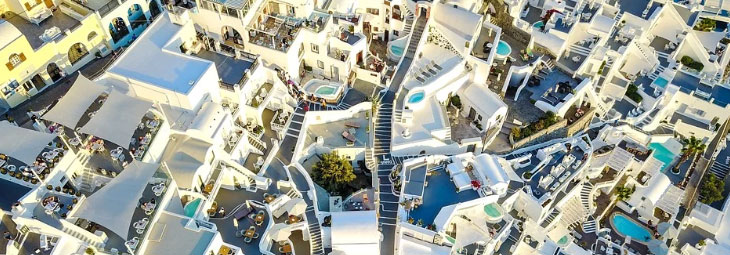
Wen Shi, Beijing Municipal Institute of City Planning&Design, Beijing, P. R. China.
Zhengxi Liao, Beijing Municipal Institute of City Planning&Design, Beijing, P. R. China.
Liangwei Ma, Beijing Municipal Institute of City Planning&Design, Beijing, P. R. China.
Abstract:
The planning and construction of Beijing's historic city has always been of great concern to the Party and the state, and with the demand of the Party Central Committee and the State Council that "the old city cannot be demolished anymore", the social consensus on the preservation of the old city has reached an unprecedented height. This paper briefly introduces several implications of the plan for the overall conservation of the historic city and the current exploration and practice in Beijing in the context of the preparation of the Beijing Historic City Overall Conservation Plan.
Keywords:
holistic preservation, historic city, Beijing
1.Why is it important to preserve the entirety?
Since Beijing was announced as the first batch of national historic and cultural cities in 1982, the planning work has been committed to the promotion of the concept of old city protection and the delineation of the bottom line of protection, and a series of planning documents have been prepared and released one after another, such as the "Protection Plan for 25 Pieces of Historic and Cultural Reserves in Old Beijing", "Protection Plan for Beijing Imperial City" and " Plans for Protection of the Famous Historical Cultural Metropolis of Beijing", with the total area of various statutory protection objects accounting for more than 40% of the old city.
When President Xi visited Beijing in 2014, he proposed that Beijing's rich historical and cultural heritage is a golden name card, and it is the capital's duty to inherit and protect this valuable historical and cultural heritage. As a key area for the protection of Beijing's historic and cultural city, how to brighten this golden card of history and culture is the mission and task of the protection work in the new era.
The historic city of Beijing is a great tangible evidence of China's long history of urban construction, and a collection of traditional Chinese urban concepts and construction methods. At the same time, the historic city not only contains the essence of excellent Chinese traditional culture, but is also the core carrier of contemporary Chinese spirit, Chinese values, and Chinese power. Only by emphasizing the "holistic" conservation of the historic city can we protect and inherit its rich values and diverse cultural connotations.
2.What is holistic protection?
On the question of how to achieve "overall conservation", Mr. Wang Jinghui, who was the secretary-general of the National Expert Committee for the Protection of Historic Cities, said that "overall conservation is not the same as protecting the whole". Since it is not the protection of the whole, the first thing that needs to be solved is "what to protect".
In the Urban Construction Master Plan of Beijing approved by the Central Committee of the Communist Party of China and the State Council in 1983, how to deal with the relationship between the transformation of the old city and the appearance of the ancient capital was a relatively prominent issue. After intense discussions among various experts, five principles for the protection and development of Beijing's characteristics were finally determined, and the need to protect the overall appearance of the old city was proposed for the first time.
In 1993, the State Council approved the Master Plan of Beijing (1991-2010), which greatly developed and deepened the content of the 1983 master plan for the protection of famous city. After extensive research and discussion in the academic circles, it highlighted the requirements for the overall protection of the famous historical and cultural city, emphasized the need for protection in terms of urban pattern and macro environment, and put forward for the first time ten requirements in the protection of the famous city of Beijing, with the old city as the core.
Since 2000, Beijing has started the preparation of conservation plans for historical and cultural protection areas, and in 2002 it prepared the Plans for Protection of the Famous Historical Cultural Metropolis of Beijing, in which it was clearly stated that the protection of the old city must be considered holistically. In the Master Plan of Beijing (2004-2020), which was approved by the State Council in 2005, the expression "overall protection of the old city" was introduced directly, and ten requirements were put forward for the overall protection of the old city, also known as the "Ten Key Points for Overall Protection of the Old City.
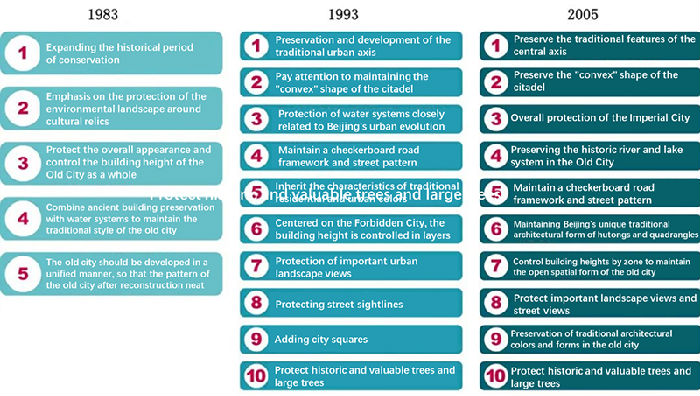
The evolution of the overall conservation requirements of the Old City
In the latest revision of the Plans for Protection of the Famous Historical Cultural Metropolis of Beijing in 2021, the key elements of protection for the old city have been expanded again to eleven items: (1) the traditional central axis and Chang'an Street; (2) the "convex" outline of the city; (3) the imperial cities of the Ming and Qing dynasties; (4) the historical river systems and water cultural heritage; (5) traditional hutongs, historical streets and lanes, and traditional place names; (6) the architectural forms of quadrangle dwellings; (7) gentle and open space forms; (8) landscape corridors and street views; (9) traditional architectural colors and morphological features; (10) old and valuable trees; (11) other related remains such as altars and temples.
After nearly 40 years of research and exploration, with the publication of the new regulations, the eleven points formed around the protection of the traditional spatial pattern of the old city, together with the eleven types of conservation objects, formed the basic framework of the "Double Eleven", giving the answer to "what to protect".

White Pagoda Temple
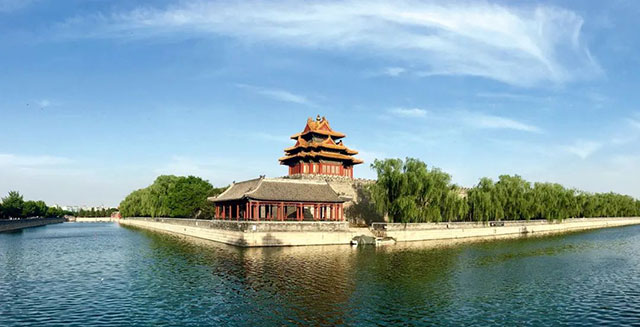
Turret of Palace Museum
3.What does the holistic protection have to do?
After solving the problem of "what to preserve", the next question is "how to preserve". In the new era and under the requirement of cultural confidence, the overall conservation work should not only implement the requirements of conservation, but also take the initiative to plan the revival of the old city.
3.1.Focuse on heritage conservation to reveal the essence of the soul
Tangible cultural heritage is an important carrier that allows us to feel the pulse of history, i.e., it is the tangible evidence of superior construction skills and an important place to experience the living conditions of the old society and understand the ideas and concepts of the ancient people. A large amount of tangible cultural heritage in the old city has the issue of inappropriate protection and utilization: due to the shortage of resources and funds in the early years of the country, they were used temporarily as office and living places. In order to better exploit the value of heritage, Beijing has been working for a long time to vacate the unreasonable use of cultural relics.
The Temple of Agriculture was the place where the Ming and Qing emperors worshipped the gods of agriculture and held the rituals of the field. During the Republican era, the outer altar area was opened as a park in the south of the city and a stadium was built, which was occupied by Yucai School for a long time after the founding of the People' s Republic of China. Since 1986, Beijing started the relocation and renovation work of the Temple of Agriculture, and in March 1990, the Beijing Ancient Architecture Museum was established and officially opened to the society. The inner altar area has been effectively protected and reasonably util ized, but the problem of occupation of the outer altar is difficult to solve.
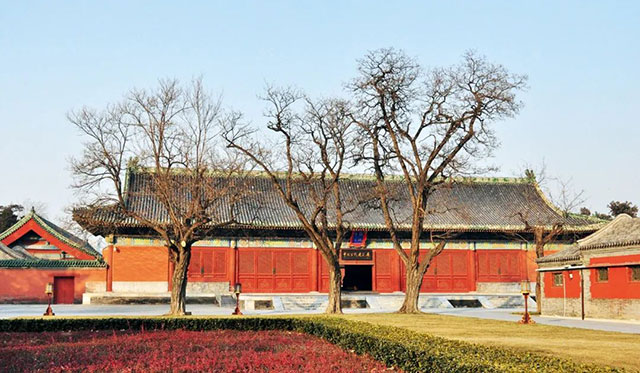
The Temple of Agriculture
In recent years, Beijing officially launched a study on the retreat of the external altar of the Temple of Agriculture, gradually restoring its historical pattern and landscaping, recreating the solemn atmosphere of the historical royal rituals to the prophet, plowing the fields and spreading the ancient culture of farming and weaving.
3.2.Promote conservation and renewal with the goal of improving people's well-being
The core of the historic city, known as the "living" historical and cultural heritage, is the "people". People are the inheritors of historical memories and cultural connotations, so the overall preservation of the historic city is also the preservation of the old neighborhoods. How to preserve the historical and cultural heritage while retaining the old neighborhoods and allowing them to live a modern life is also an important part of the overall preservation work.
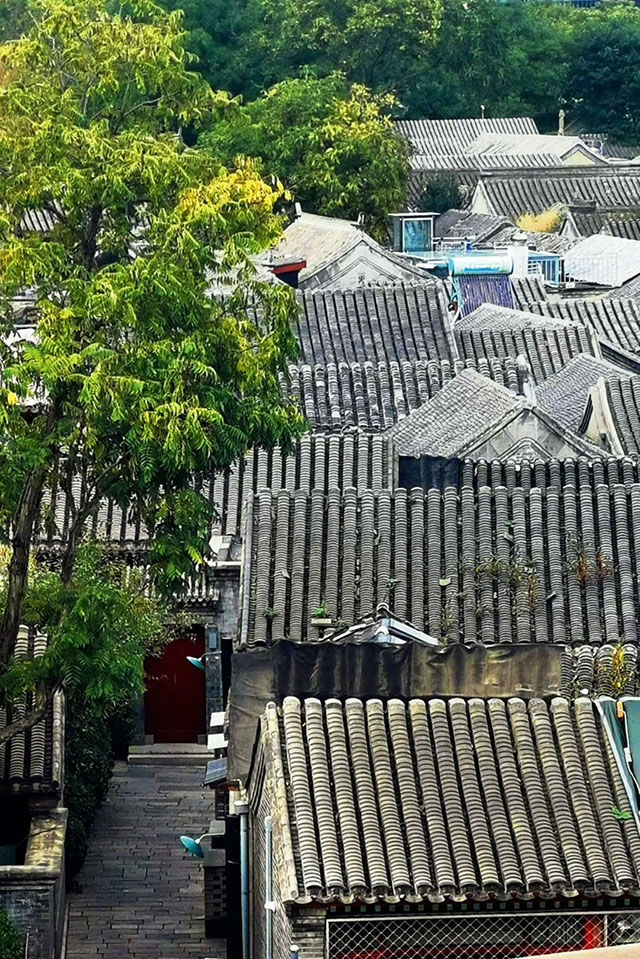
Qianmen caochang area
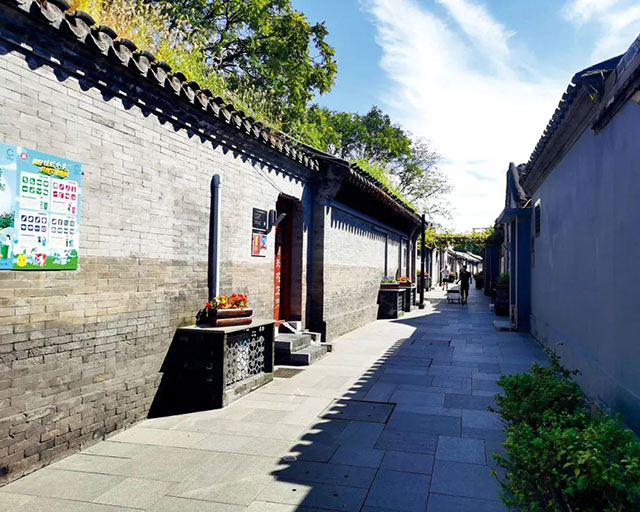
Qianmen caochang area
Beijing has been exploring ways to protect and renew the bungalow areas of the old city over the years, and through reflections on the past work of dangerous and shanty reform, a new model of application-based lease withdrawal and application-based improvement has been proposed, in which residents can voluntarily choose the way to improve their living conditions in light of their own circumstances. In the pilot work of Yu'er Hutong and Caixi, residents with more urgent needs for improvement of living conditions can choose the way of moving out for renovation; while residents who have attachment to the area and wish to stay can improve their living environment appropriately by means of local upgrading.
The residences can be improved in nine aspects: storage, kitchen, sanitary, bathing, light, drying, parking, green, and drainage, and the designers will provide improvement plans on a household-by-household basis. At the same time, the vacated houses are used to improve the living conditions of the remaining residents, providing basic functions such as public kitchens and bathrooms, or being turned into public spaces that can carry diverse needs such as culture and interaction. On the basis of meeting the improvement needs, additional space will be introduced for functions suitable for hutong life or for new residents who are willing and capable of preserving the old city, adding vitality to the neighborhood.
4.Expectation of holistic protection
The historic city of Beijing is a place that can show the aura of emperors and kings, and at the same time harbor the atmosphere of daily life; it has the dignity and elegance, and the spirit of natural wildness. The so-called preservation of the historic city as a whole is a way to perpetuate this diverse charm of the historic city, allowing people to enjoy the magnificent scenery of the ancient capital, to recall the historical memories of old Beijing, and to deeply appreciate the long-standing national soul of Chinese civilization.
Source: <https://mp.weixin.qq.com/s/s4HQw7fs8y4QbLvJovCwrQ>
Translated by Hou Ying